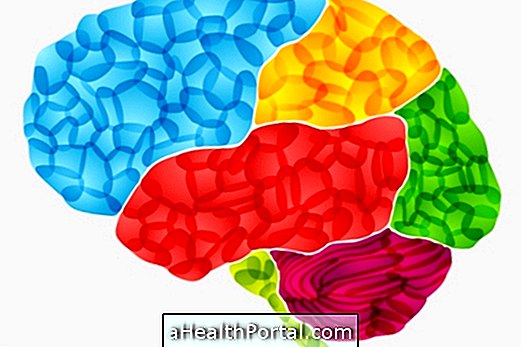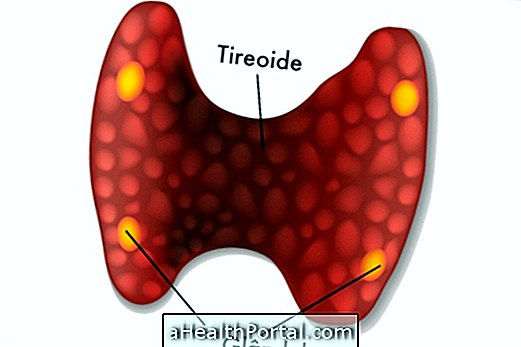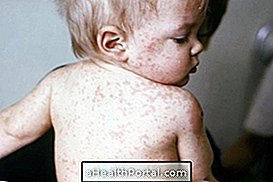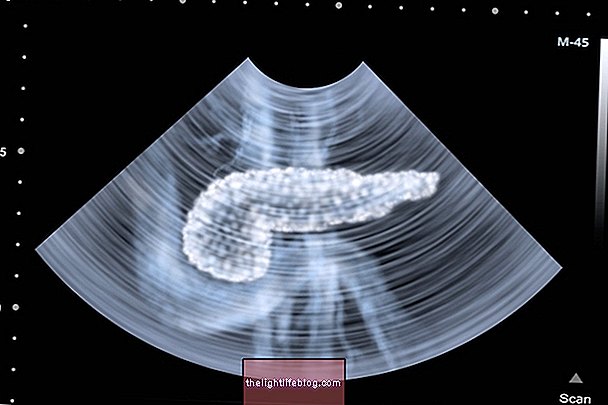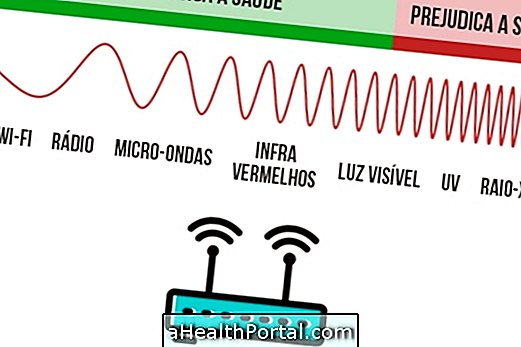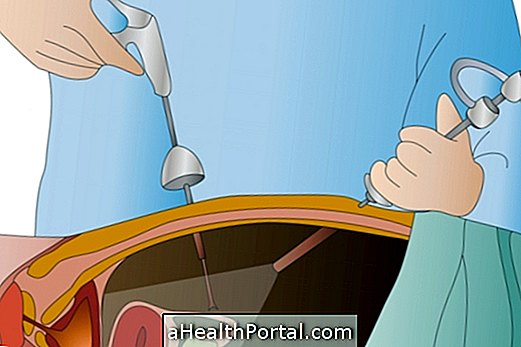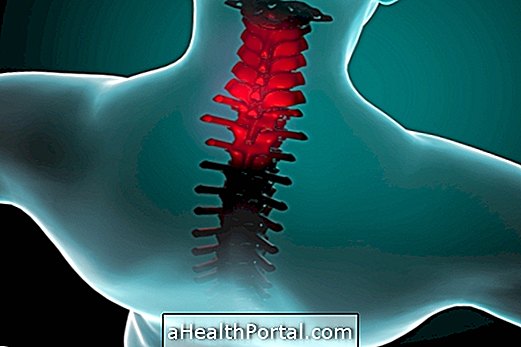Typhoid fever, cholera and hepatitis A are some of the diseases that can be caused by untreated sewage, a serious problem that affects public health.
These diseases arise when the water does not undergo cleaning and purification treatments that eliminate microorganisms that contaminate the water, especially those responsible for causing diseases.
Contamination can be caused by direct contact with sewage, flooding, accidental ingestion of contaminated water, or by eating cooked food or washing with polluted water.
Major Diseases Caused by Untreated Water
Although they are diverse, some of the major diseases that can be caused by standing water or untreated sewage include:
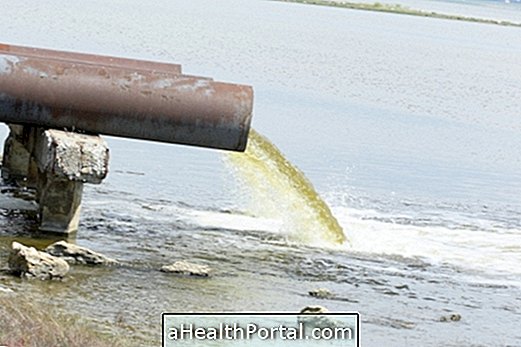
1. Hepatitis A
Hepatitis A is a highly contagious liver disease and, although it is usually mild, in some cases it can progress severely and be fatal when left untreated. Hepatitis A is transmitted through contact with contaminated feces and may occur through contact with water containing enteric microorganisms.
- Main Symptoms: dark urine, light stools, yellowing of the skin and mucous membranes, fever, chills, feeling weak, nausea, loss of appetite and fatigue.
- How is the Treatment: It is not specific, and the doctor can indicate a treatment of support and control of the symptoms. Usually, medication is used to control fever and pain, as well as rest and hydration. Learn what to do to recover faster from hepatitis A.
2. Giardiasis
Giardiasis is an infection of the digestive tract caused by the parasite Giardia intestinalis . Its transmission is through the consumption of food or water contaminated by feces containing cysts of the parasite, being an infectious disease that can be transmitted between people.
- Main Symptoms: abdominal pain, diarrhea, fever, nausea, weakness or weight loss.
- How is the treatment: The treatment is made with medicines that fight the parasite, like Metronidazol or Tinidazol, indicated by the doctor. It is also recommended to consume liquids throughout the day, and in case of severe dehydration due to diarrhea, hydration in the vein may be required.
3. Amebiasis or Amebic Dysentery
Amebiasis or amoebic dysentery is an infection caused by the protozoan Entamoeba histolytica, which sets in the intestine and prevents the absorption of important nutrients for the body. Its transmission is through consumption of food or water contaminated by faeces containing mature amoebic cysts. Learn more about this disease in what is Amebiasis.
- Main Symptoms: abdominal pain, diarrhea, fever and chills. In some cases, the stool may contain blood, mucus, or pus. In more severe cases, the disease may develop into an invasive form in which other organs such as the liver, respiratory tract and even the brain are infected.
- As is the Treatment: in general, antiparasitic medicines such as Secnidazole, Metronidazole or Tinidazole are used, however, the duration and dose is doctor-oriented according to the severity of the infection.
4. Typhoid Fever
Typhoid Fever is an infectious disease caused by the bacterium Salmonella typhi, and its transmission is through the consumption of water and food contaminated with the parasite.
- Main Symptoms: High fever, vomiting, belly pain, constipation, diarrhea, headache, loss of appetite, weight loss or red patches on the skin. Understand what typhoid is and how to identify the symptoms.
- How it is the Treatment: it is made using the antibiotics, according to medical orientation, being very important the rest and the hydration during the recovery phase. This is a disease that can be prevented with the vaccine against typhoid fever.

5. Cholera
Cholera is an infection that occurs in the gut, caused by a bacterium that may be present in contaminated water or food, capable of producing toxins that trigger the symptoms of the disease.
- Main Symptoms: Severe diarrhea and vomiting, which can lead to severe dehydration.
- How it is the Treatment: it is realized resorting to the use of antibiotics indicated by the doctor, and solution for oral and intravenous hydration, like the serum.
6. Ascariasis or roundworm
It is a verminose caused by the parasite Ascaris Lumbricoide, also known as tapeworm, which inhabits, develops and multiplies in the intestine. This disease, is transmitted through the ingestion of water or food contaminated with eggs of the parasite.
- Main Symptoms: abdominal pain, nausea or difficulty in evacuating;
- How is the Treatment: It is made with the use of antiparasitic medicines indicated by the doctor, like Albendazol.
7. Leptospirosis
Leptospirosis is a disease caused by bacteria in the urine of sewage rats, or other infected animals such as dogs and cats, which penetrates the body through the contact of the excrement of these animals or contaminated water with the injured or mucous eyes, nose.
- Main Symptoms: High fever, headache, body pain, loss of appetite, vomiting, diarrhea or chills.
- How is the treatment: The doctor should guide the use of antibiotic medicines to fight the bacteria, as well as analgesics for pain and fever. Learn more about what is and how to prevent leptospirosis.
The lack of adequate treatment of sewage, although affecting the entire population, especially affects children between 1 year and 6 years of age, pregnant and elderly, and is considered a serious public health problem.
How to avoid getting these diseases
In order to protect and prevent these diseases, contact with sewage, contaminated or untreated water, floods, mud or rivers with standing water should be avoided, and the use of pools not treated with chlorine should be avoided.
To ensure your safety, always boil the water before using it, whether washing or preparing food or drinking if it is not filtered. Here's how to make water pure to drink. In addition, you can also choose to use Sodium Hypochlorite to disinfect and purify the water.
